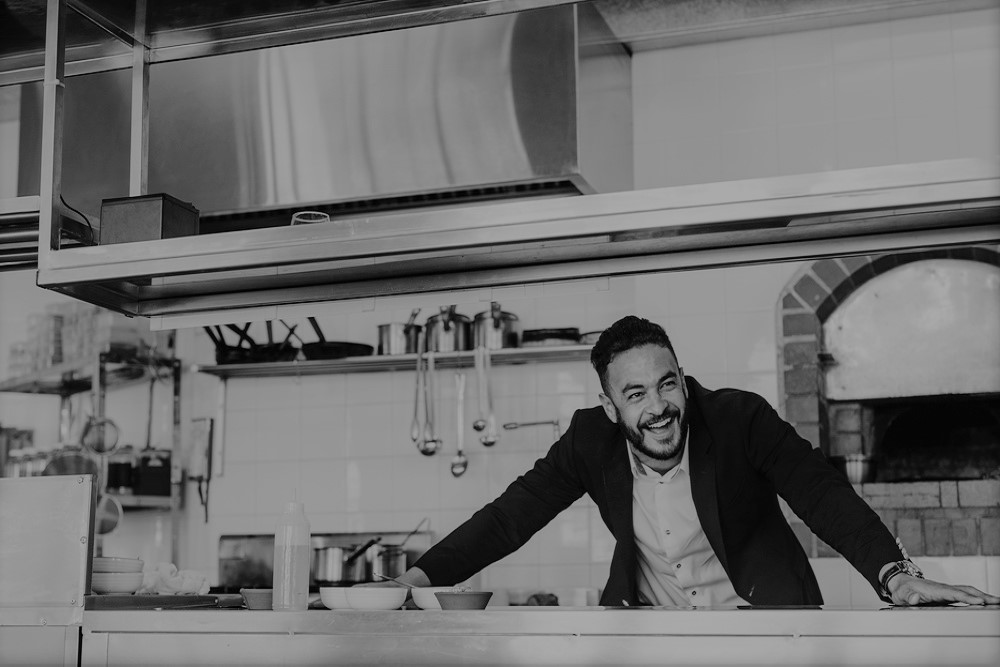Hidden Restaurant Start-Up Costs; How to Prepare for the Unexpected
Originally Posted on FoodableTV – By Doug Radkey 08/22/2016
If you’ve always dreamed about starting your own restaurant, it’s imperative that you understand expenses. Even with thorough research and planning, an unexpected or slight oversight could happen, resulting in costs being added to your ever-expanding, start-up budget.
One of the many headaches aspiring restaurateurs face is the simple fact of running out of money before the restaurant opens. There are obvious expenses when starting a restaurant, however, you can’t ignore the often hidden costs that arise — ones that could total well over $20,000-$50,000.
Here are some hidden start-up costs you should address while you’re in your planning stages.

Permits and Licenses.
Make sure you receive the full list of permits that your local municipality requires for starting a restaurant. Unfortunately, like everything in life, many of these are not free. Visit your city clerks office to receive the entire list, their associated fees, and timeline for approval.
These include business licenses, overall building permits, zoning adjustments, occupancy certificates, electrical and plumbing permits, outdoor signage permits, health and safety inspection certificates, liquor licenses, and others. Each municipality, province/state, and federal government will be different, so ensure you receive the correct information for your specific location.
Next, one of the most often overlooked costs is the design approval from an engineer, even if you’re doing fairly simple renovations. Ensure a certified engineer (an additional cost) reviews and approves that your plumbing, electrical, and hood/fire suppression system will efficiently work and meet local codes.
The last license that 9 out of 10 startups overlook is music. Without a music license, you simply cannot play music in your restaurant or bar, even if you purchased a CD album or legally downloaded the song.
In Canada, you can receive your license through SOCAN and in the United States, you can receive your license through ASCAP.
Hood, Ventilation, Fire Suppression, and Washrooms.
Whether you’re planning to take over an existing restaurant space or build up from an empty shell, ensure you have budgeted for inspection, repair, and/or installation of these four costly areas.
You also need to confirm the number of washroom stalls your facility needs based on size and capacity, the correct air-flow calculations, and size of hood + suppression system.
Prior to signing your lease, have an experienced contractor or engineer walk through the space with you, making you aware of any further potential costs.
Hidden Deposits
Starting your first restaurant will result in the need to leave plenty of deposits, which are often an oversight when developing a budget. For all of your major utilities, prepare to pay a deposit for setting up a hydro, gas, and water account; for example. A majority of insurance providers, realtors, and accountants will also have an account ‘set-up fee’ or required deposit.
When taking over an existing space, ensure you receive confirmation that there are no longer any outstanding utility bills (debts) on the property from the previous tenants or any claims against the property with your provincial/state liquor control board that could result in surprise costs down the road.
Freight/Shipping
Unless you are planning on picking up the kitchen and bar equipment, tables, and chairs yourself, prepare to pay for freight/shipping costs. When completing your budget for equipment, don’t just add up the basic equipment costs and taxes. Consider how it will be delivered to your restaurant, as well – something can cost well over $1,000.
Training Costs
Simply estimating this cost will often result in inadequate training. It’s best practice to complete a mock training schedule during your planning and budgeting phase to determine staff training costs.
You also want to include food and beverage costs for training. Whatever the budget is, add one more week’s worth in case your training needs to be extended.
Credit Card Processing Fees
When completing your budget and operational forecast, don’t overlook the credit card processing fees which often range between 1.5 to 3 percent of the transaction. Know your target customer and average transaction in order to budget accordingly. Don’t be afraid to receive quotes from different merchant vendors to receive the best rate and service possible.
Clean Up Costs
When the interior renovations are completed at your restaurant, it’s ideal to have it professionally deep-cleaned before getting started with your training and soft opening. This may seem odd since everything is new, but there is a lot of dust and other particles that will land on your new walls, light fixtures, furniture, windows, and your new flooring. This will often set back a startup approximately $1,200-$2,000, depending on the size of establishment. If you’re lucky however, this may be included in your contractors list of services.
Operating Capital.
You don’t want to open your restaurant with no money in the bank. This is setting yourself up for early failure. It’s ideal to have a minimum of 1-3 month’s worth of operating expenses for opening day capital.
You also want to budget for a possible extension in renovation time, in case anything during the start-up phase is delayed; for example any permits, approvals, deliveries, or unexpected structural problems.
Include expenses such as lease payment, utilities, loan payment, insurance, and any other administration costs into this budget.
Don’t allow your dream to become a nightmare before you even open.
Complete your feasibility study, concept development plan, and overall business plan with accurate financial projections and budgets. Review these numbers with industry experts or an accountant to feel confident and be prepared for the unexpected!
